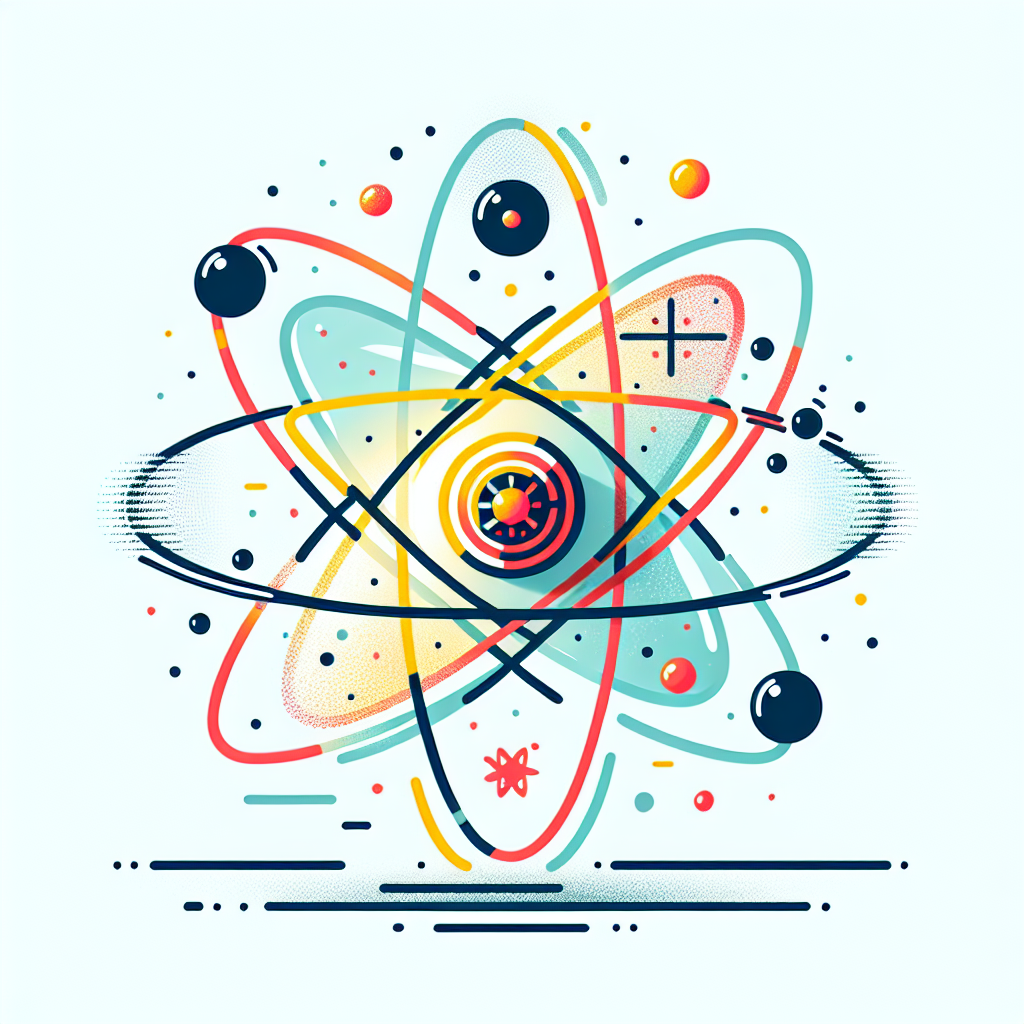
Nuclear Reactions
Nuclear reactions occur when changes are made to the structure of an atom's nucleus. This can be in the form of combining two nuclei (fusion), or splitting one large nucleus into two or more smaller parts (fission). These reactions release energy due to the conversion of some of the mass involved into energy, based on Einstein's E=mc², where E is Energy, m is mass, and c² is the speed of light squared. This energy release is what powers nuclear reactors and atomic bombs.
Additional Insights
-

Nuclear reactions are processes in which atomic nuclei interact and change, resulting in the release or absorption of energy. These reactions can occur naturally, like in stars, or be induced in laboratories. In simple terms, when atomic nuclei collide or split (as in fission) or fuse together (as in fusion), they can produce new elements and significant amounts of energy. Nuclear reactions are fundamental to both the functioning of stars and nuclear power plants, which harness this energy for electricity, as well as in medical applications, like cancer treatment through radiation.